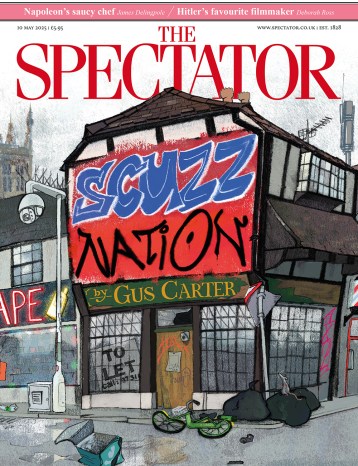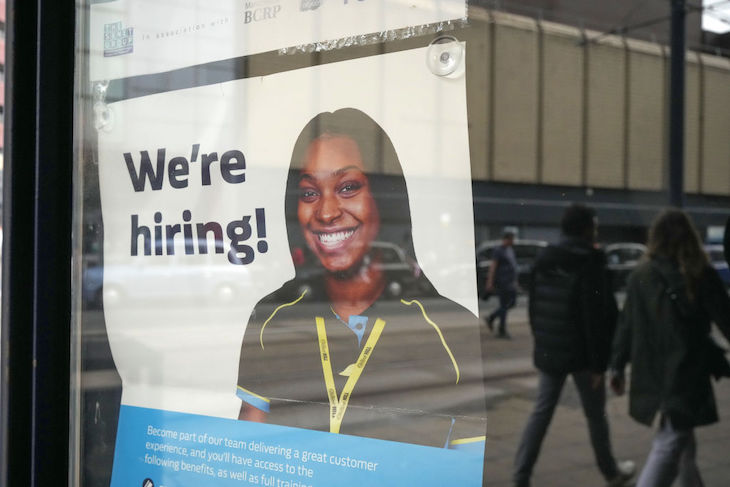The jobs market appears to be slowing down, but can we trust the figures? Vacancies have fallen for the longest continuous period on record, according to data published by the Office for National Statistics (ONS). But there are still just under 950,000 jobs on offer which is well above the pre-lockdown norm. Meanwhile, despite British workers receiving real-terms pay rises in the three months to October, wage growth seems to have peaked. This will please Bank of England rate setters who feared that spiralling wage demands could worsen inflation. Average weekly earnings (including bonuses) fell slightly to 7.2 per cent on the year, down from 8 per cent. Because of lower inflation (now at 4.6 per cent) that translated to real-terms pay increases of 1.3 per cent. Other payroll data showed the slowest wage growth since October 2021.
What’s baffling central bankers though is unemployment's stubborn refusal to rise. Unemployment remained unchanged at 4.2 per cent, while over a fifth of the working age population is out of work and not looking for a job. Inflation rates have gone up to slow the economy down and so employers should be laying people off. That’s the logic the Bank of England bases its decisions on when it raises rates in efforts to tackle inflation. And while inflation has come down – which was always forecast to happen – rising rates seem to have done little to nothing to bring down the unemployment rate. Lockdowns and furlough, it seems, have broken traditional economic rules and employers are holding on to staff through fear of not being able to replace them in brighter times.
So, while a slowdown in pay and a continued fall in job vacancies will please the Bank when they meet to make their next interest rates decision tomorrow, the unemployment numbers remain a cause for concern. The Confederation of British Industry (CBI) shared that worry yesterday in its latest economic outlook and predicted that rates will be held at their current 5.25 per cent for at least the next two years. Their forecasts don't expect inflation to return to the 2 per cent target until the end of 2025. Markets, however, disagree and expect rates to begin falling next year.
The Bank’s decision is complicated by problems with the ONS’s figures, however. In the autumn, the figures were delayed because of problems with the Labour Force Survey where the headline employment, activity and sickness figures are derived from. The survey had collapsing response rates and a bias towards older and early retired people. Since then, the ONS has put together a new set of ‘experimental’ figures based on so-called administrative data drawn from benefits and tax statistics. The problem is best highlighted by the difference between two ONS sources of data, with one suggesting there were a million more workers in the economy than the other.
Until the ONS sorts this out – which they don’t plan to do until the spring – Britain will exist in a dangerous era of economic uncertainty. You simply cannot make decisions about which levers to pull if you do not know how many people are in work, looking for jobs or out of the labour market completely. Have we really lost hundreds of thousands of workers since the pandemic? Are a record number of workers off sick? It seems we just don’t know. The rate-setters on Threadneedle Street rely heavily on this information for deciding interest rates. That too will have to become guesswork.
This article is free to read
Subscribe and get your first month of online and app access for free.








Comments
Join the debate, free for a month
Be part of the conversation with other Spectator readers by getting your first month free.
UNLOCK ACCESS Try a month freeAlready a subscriber? Log in